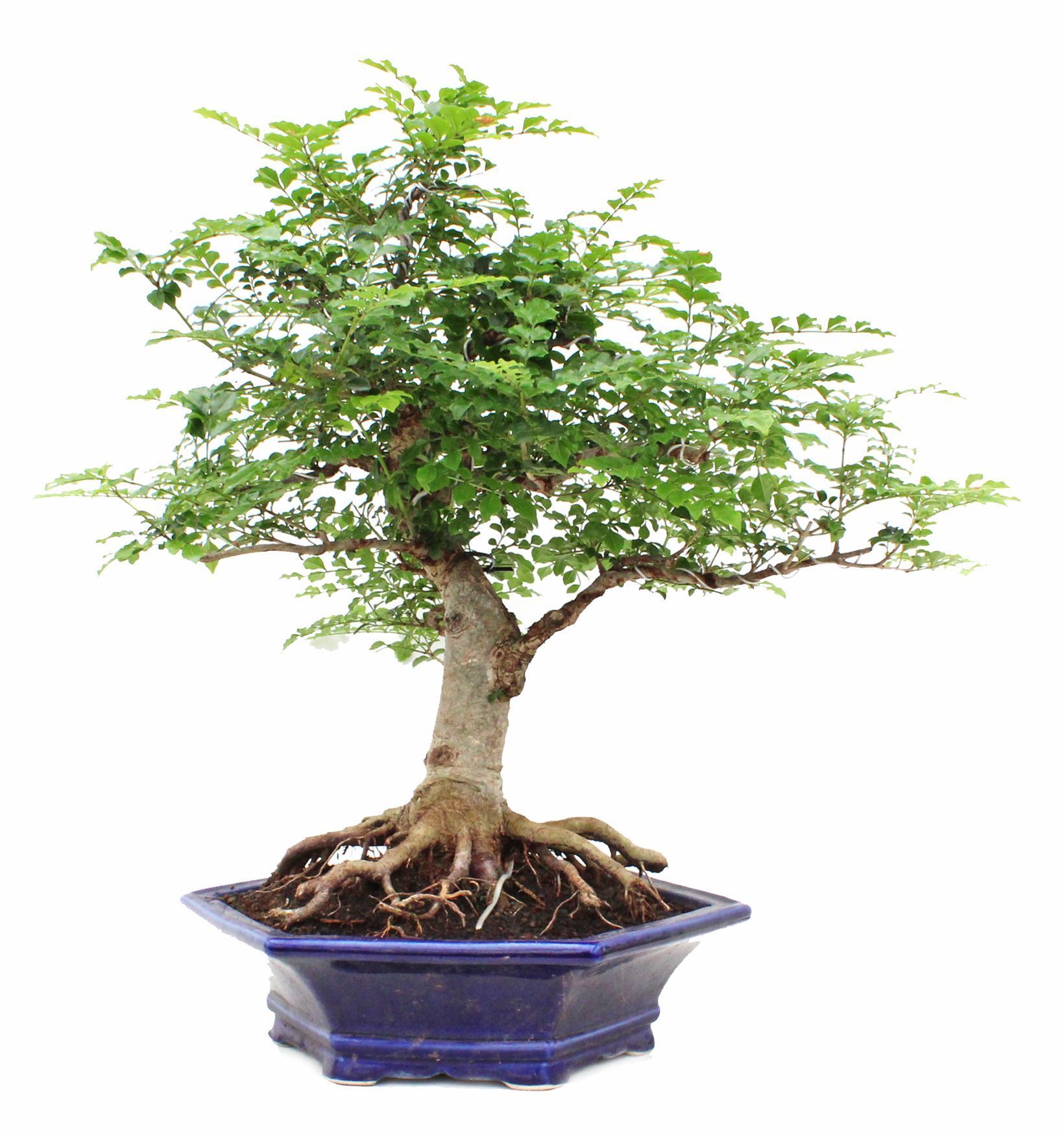Characteristics
Deciduous tree with a round globular crown, that can reach 20 meters high. Its leaves, organized imparipinnate with 4-10 leaflets and a terminal, are dark green. Its noticeable inflorescences are disposed in the form of bunches, with white flowers that spread a characteristic smell. The fruit is a pendulous and fleshy legume.
Location
Outdoor, in full sunlight. It withstands the strong summer heat and low temperatures.
Watering
Water abundantly when it is observed that the surface of the soil is dry. Avoid continuous waterlogging that can cause roots rot.
Fertilization
From spring to mid-autumn with organic fertilizer or liquid NUTRIBONSAI from MISTRAL, applied every two weeks through irrigation water.
Re-potting
Every 2 or 3 years, at the end of winter, just a bit before the beginning of the annual budding. After transplanting it is convenient to water with a solution of VITABONSAI from Mistral Bonsai, to accelerate the recovery of the tree.
Substrate
A mixture of 6 parts of Akadama, with 4 parts of volcanic gravel can be used; otherwise, if not available, Mistral Bonsai TERRABONSAI can also be used.
Pruning and pinching
Pruning
To be performed in early spring.
Pinching
Throughout the growing season we can perform light pinching to get a denser crown.
Wiring
It is not a bonsai to which the wiring of its branches is practiced much. However, in case of doing so, it is advisable to do it before the sprouting.
Curiosities
This tree is called “honey tree” in various languages, because it is very meliferous; Its flowers are full of nectar giving a strong flavor honey.
We also know it as the ” Japanese pagoda tree “, it is said to be named this way for being traditionally placed around the pagodas.
It is an important ornamental tree and much appreciated in bonsai.
A yellow dye is also extracted from its flowers to dye silk; and it is one of the main plant in traditional Chinese medicine, although it is very toxic.

